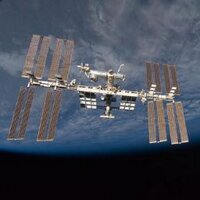
ISS Research
@iss_research
NASA's official source for research and science from the International Space Station: the world's laboratory in orbit.
Verification: nasa.gov/socialmedia
ID: 189253902
http://www.nasa.gov/iss-science 10-09-2010 19:48:53
19,19K Tweet
1,3M Takipçi
187 Takip Edilen

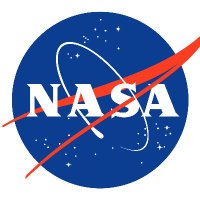
Bill Nelson Butch and Suni will continue to contribute to ISS Research aboard the station before heading home in a SpaceX Dragon spacecraft. Read about their work so far: go.nasa.gov/3T2ehhb Follow our blogs for the latest International Space Station and #Starliner updates: blogs.nasa.gov


Hot off the press! 🔧 Jeanette J. Epps, PhD holds a 3D printed steel sample. Researchers are studying technology to 3D print metal in orbit which could be used to print parts for maintenance and repairs on future missions. go.nasa.gov/4bYMB4l


In the vast expanse of the cosmos, humanity's journey has just begun. As we conduct ISS Research and support the development of future space destinations, we're soliciting feedback to guide the next generation of human presence in low Earth orbit: go.nasa.gov/4dYWak1

For over 20 years, scientists have grown hundreds of protein crystals aboard International Space Station. In space, crystals grow larger and more uniform, which makes them better to study. This research helps create better medicines for people on Earth. More: go.nasa.gov/3vqgzOt

Since 2018, our Astrobee robots—Honey, Queen, and Bumble—have been floating around the International Space Station, contributing to thousands of hours of ISS Research. Get the buzz on Astrobees and what's next for these free-flying helpers: go.nasa.gov/3Z0smPI

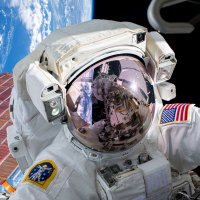

.Sunita Williams installs the Packed Bed Reactor Experiment. This device explores how fluids flow through different types of packed materials in microgravity. Results may improve life support systems used for water recovery and heat management. go.nasa.gov/3yiE8tW


Data from the Alpha Magnetic Spectrometer on International Space Station has led to precise behavioral measurements of deuterons, proton-neutron pairs found in cosmic rays. These findings advance the search for dark matter and deepen an understanding of the universe. doi.org/10.1103/PhysRe…


Do you see how International Space Station deploys CubeSats? Very demure. Very mindful. These satellites look very cubes-y in the Earth’s orbit. Developed by educational, government, and private groups, CubeSats are designed to further science and technology across many disciplines.

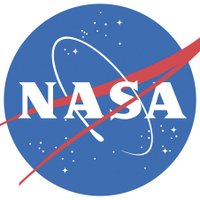
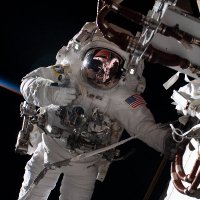
.NASA astronaut Nick Hague and Roscosmos cosmonaut Aleksandr Gorbunov will launch no earlier than Tuesday, Sept. 24, on the agency’s SpaceX Crew-9 mission to the International Space Station. NASA Astronauts Zena Cardman and Stephanie Wilson, previously announced as crewmates, are eligible
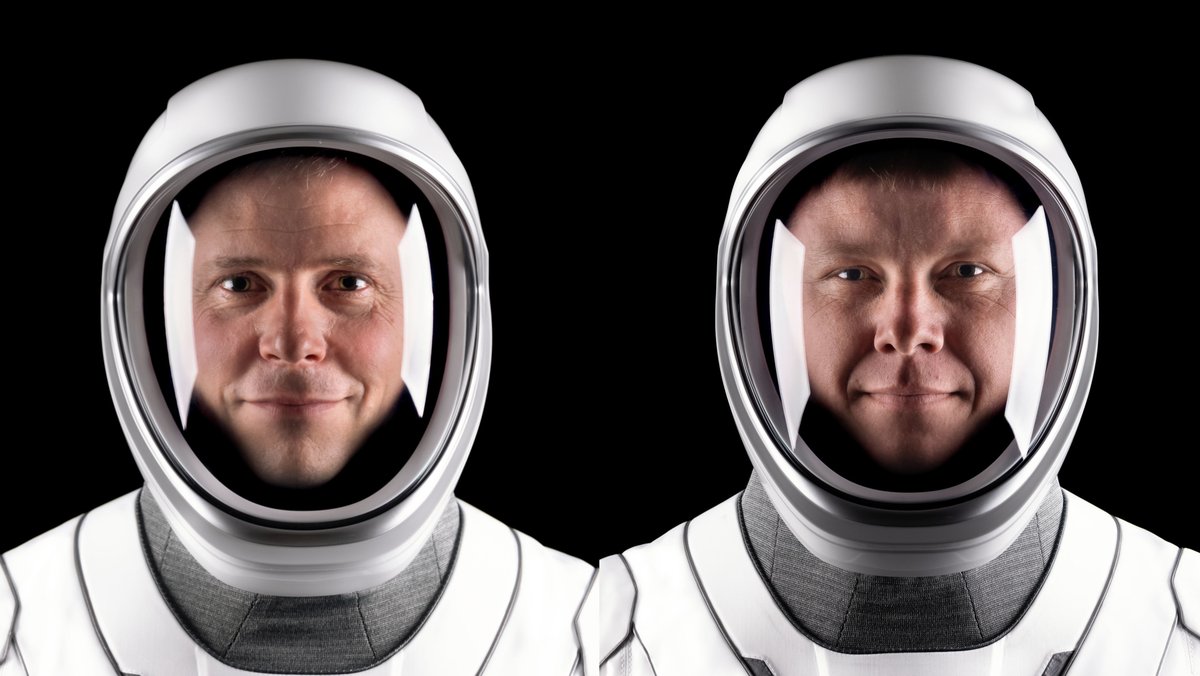

Sweet dreams, International Space Station😴 An @ESA study tests a new LED system that could help astronauts maintain circadian rhythms by mimicking Earth’s natural lighting. Circadian Light studies how lighting impacts the crew’s overall sleep, stress, and well-being. go.nasa.gov/46QxSX2



Space exercise and eye checks topped Tuesday's ISS Research schedule as the crew preps the Boeing Space #Starliner for its return to Earth this weekend. go.nasa.gov/4g8M95L

Research can be fun! On previous International Space Station missions, @Astro_Pettit tinkered in space leading to innovative discoveries and published breakthroughs. Scheduled to return in Sept 2024, view his past “just for fun” experiments: go.nasa.gov/3ThRn5s



Stars, planets, and other observables account for 5% of the universe’s known mass. Little is known about the rest: dark matter, antimatter, and dark energy. The Alpha-Magnetic Spectrometer mounted outside International Space Station helps researchers learn more: go.nasa.gov/4cRAYvA


Astronauts collect microbial samples aboard International Space Station. They use specialized tools in orbit to readily identify the genetic makeup of these microbes. Researchers use the data to track and manage microbes aboard station. go.nasa.gov/4dSBNoK

Our beautiful Earth through seven windows. 🌎 Today, NASA Astronauts Matthew Dominick shared insights on astronaut photography during an in-flight interview with Scientific American inside the Cupola module designed for observing operations outside the station.


